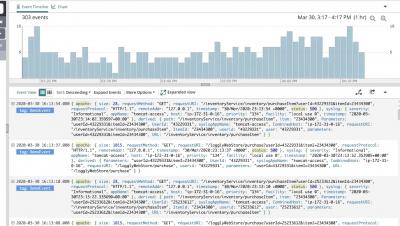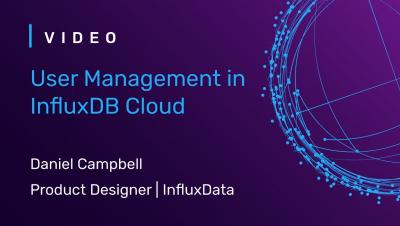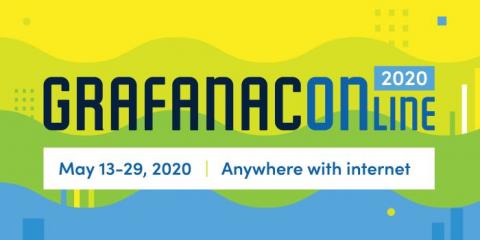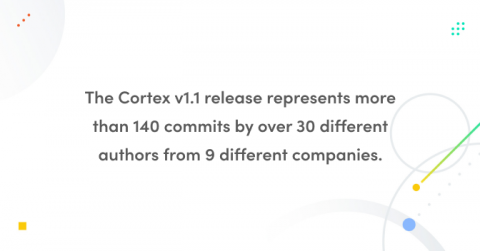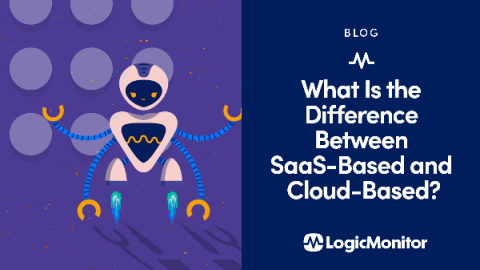Operations | Monitoring | ITSM | DevOps | Cloud
Monitoring
The latest News and Information on Monitoring for Websites, Applications, APIs, Infrastructure, and other technologies.
A Tour of 7 Popular Ruby Frameworks in 2020
Ruby may be over 25 years old, but it remains popular in the software community for its focus on programmer happiness. Building software with Ruby often involves leveraging one or more popular frameworks for the purpose of increasing productivity by relying on existing solutions to common problems. Ruby frameworks generally fall into two categories: web-facing frameworks and background job frameworks.
Easy Triage of SD-WAN Network Congestion with AIOps NetOps
User Management in InfluxDB Cloud
Integrating dynamic SaaS hosted Uptime Monitoring into your customer-served Applications
Imagine you are rolling out your application to multiple customers, they even might use it on premise. Of course you want to know if your application is running fine and the customer is not experiencing any kind of trouble or downtime - surely you would not want to ship this validation in your own system, as that might also be prone to any kind of error at some point. Which is why you decide to go for a third party uptime monitoring solution e.g. Uptime Monitoring.
Kubernetes performance monitoring
Kubernetes is an open source-system for managing containerized applications across multiple hosts. It aims to provide a “platform for automating deployment, scaling, and operations of application containers across clusters of hosts.” Originally developed by Google, it is now maintained by the Cloud Native Computing Foundation (CNCF).
GrafanaCONline Day 6 recap: The power of Tanka, and a peek into the world of beehive monitoring with Grafana dashboards
GrafanaCONline is live! We hope you’re able to catch the great online sessions we have planned. If you aren’t up-to-date on the presentations, here’s what you missed on day 6 of the conference.
Cortex v1.1 released with improved reliability and performance
Today we’re releasing Cortex 1.1, the first (minor) release since Cortex went GA in March, over 6 weeks ago. This release represents more than 140 commits by over 30 different authors from 9 different companies. In this post we’re going to give you some of the highlights of this release.
What Is the Difference Between SaaS-Based and Cloud-Based?
Software as a Service (SaaS) based and cloud-based products and services may sound like they’re referring to the same thing. True, if the service exists “in the Cloud,” it may be both SaaS and cloud-based. While your SaaS-based application will almost certainly be cloud-based as well, your cloud-based services may not always be SaaS-based. SaaS is a component of cloud computing.
Dogfooding Chronicles: Tracing the path from "It's Slow" to "What's Slow"
Dogfooding is the practice of sampling your own product before the public does. For dog food executives, chowing down on their own kibble is a literal gut-check. For Sentry, we’ve been using Performance in advance of its upcoming release as a way to think through our own issues, all so we can give you better visibility into yours. Context is critical for software teams. It bridges the gap between a problem to solve and the right person to solve it.


